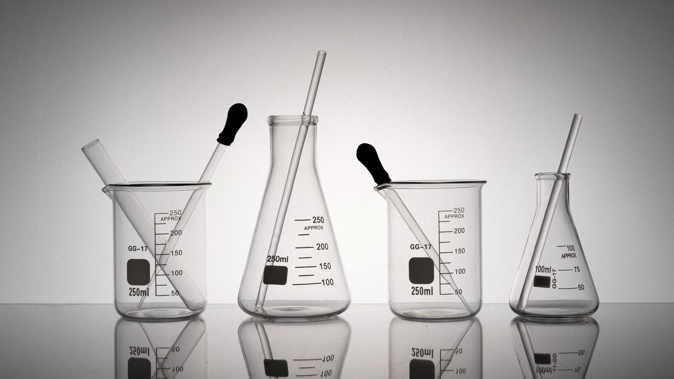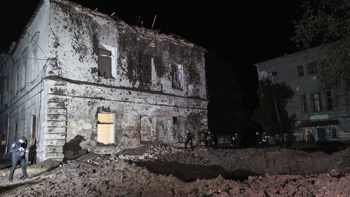
A teenage boy has been severely burned requiring skin grafts after an at-home science experiment through correspondence school Te Kura went wrong.
The boy was working with the hazardous substance sodium hydroxide as part of a level 1 science experiment sent home in a kit from the school.
The corrosive alkali came in contact with his skin and he washed it with water causing a reaction and further burning.
The incident has parents, and an industrial chemist, asking why the potent powdered form of the dangerous substance is being sent into homes, and demanding the kits be recalled.
“There have been a number of injuries with the latest resulting in [the boy] being badly burned last week when the sodium hydroxide reacted with their skin and they washed it with water resulting in severe burns and a skin graft,” a person close to the family told the Herald.
“No messages have been sent to parents, or whanau after the first injuries and now [the boy] has been scarred and had a skin graft this weekend.”
Te Kura said the powder is “safe to handle in small quantities” but an industrial chemist and NCEA science teacher said this is not correct.
The former Auckland teacher said he was shocked sodium hydroxide had been sent into homes.
“In the lab, we use it in small amounts with all of the safety gear, gloves, glasses and coats,” he said.
“In the solid powdered form, it is 10 x more potent than the liquid and in the class, only the teacher would handle the powder.”
He said in the home, even when handled with care, a small amount could be spilt and cause damage to family members.
“In a kitchen at home, which is where correspondence students would do the experiment, it could be mixed up with anything, spilled and get into the wrong hands.
“Imagine a toddler who crawls getting into it. It is absolutely not safe and should not be out of a school lab.”
The chemist said in class the environment was controlled with an expert on hand.
“At home there is a parent and they would not have expert knowledge.”
A spokesperson for Te Kura confirmed the school was advised on October 27 that a student had burned their hand with sodium hydroxide powder that was part of a Te Kura science workbox.
“Sodium hydroxide is an alkali that is safe to handle in small quantites and very commonly used in science experiments in New Zealand schools.
“In this case two teaspoons of sodium hydroxide were provided in order to conduct an experiment related to understanding acids and bases.”
The spokeswoman said the kit included safety glasses and glasses and instructions on what to do if the powder came into contact with the skin.
The school reported the incident to WorkSafe on October 30.
Ministry of Education operations and integration leader Sean Teddy was aware of the incident and was providing support to the school and to the boy and his family.
“Like all schools, Te Kura set their own policies and procedures to enable them to meet their obligations under the Health and Safety at Work Act,” Teddy said.
“Our guidance for schools and kura around safety in science can be found on TKI and includes health and safety guidelines that should be observed for alkalis including sodium hydroxide.”
The safety guidelines on TKI link through to the Material Safety Data Sheet which includes danger warnings with numerous outcomes including eye and skin burns, blindness, deep and penetrating ulcers of the skin and if ingested severe and permanent damage to the digestive tract.
Te Kura said it was not aware of any other injuries caused by sodium hydroxide provided in its science kits.
The school said it regularly reviews the “purpose, need and content of science work boxes as a learning aid”.
“A decision on the continued use of sodium hydroxide in this work box will be taken after we have a fuller understanding of what happened in this incident.”
WorkSafe has been approached for further comment.
Take your Radio, Podcasts and Music with you









